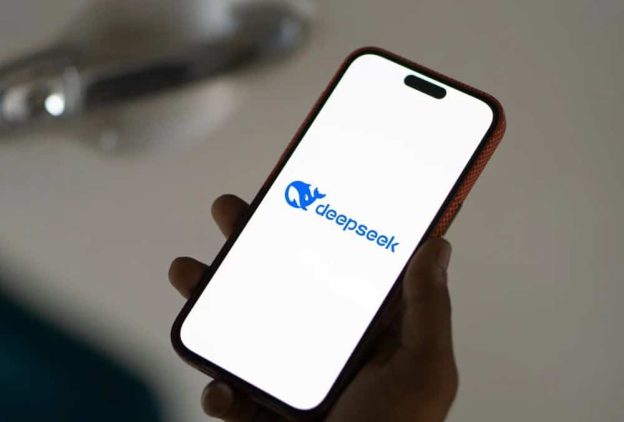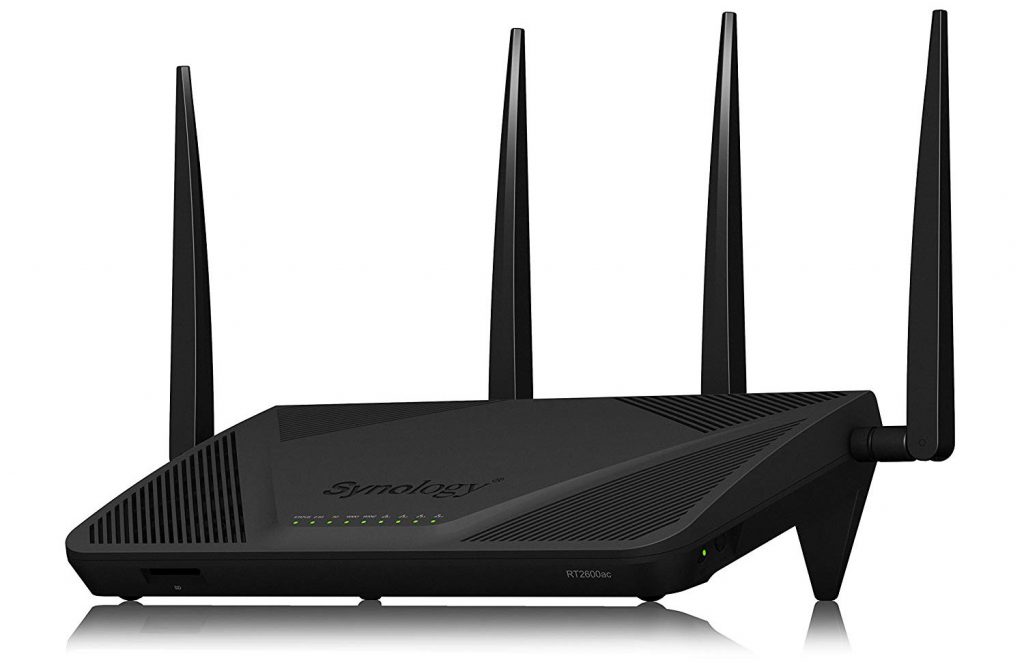TikTok is the popular app that’s often been cited as a potential threat to the online privacy of Americans. However, there’s a new kid on the block that privacy-focused people should be even more careful with.
It’s a new AI app called Deepseek.
Deepseek is breaking new ground in AI. People are rushing to try it due to the hype on social media and in the headlines. However, privacy experts advise that people should exercise caution when chatting with Deepseek’s AI.

How Deepseek Made Waves
Recently, Deepseek has exploded in popularity. It’s right up there at the very top of the Google Play store at the time of this writing, right along with rival ChatGPT.
Deepseek’s rise was so dramatic that Donald Trump called it a “wake-up call” for US companies that have invested heavily in AI, such as Microsoft, OpenAI, and Nvidia. It sent Nvidia’s stock price plummeting nearly 17% in late January, setting a record for the largest single-day loss in stock market history.
The message the market sent was clear. China is a force to be reckoned with in AI. And moving forward US competitors won’t underestimate companies like Deepseek and Alibaba again.
Investors and businesspeople alike are astonished that Deepseek achieved performance comparable with ChatGPT with only $5.6M in development costs. It took OpenAI over $3B to develop GPT-4.

Diving into Deepseek: How it Works
Deepseek was founded in May 2023, and in 2025 it reached the limelight. This surge in popularity was largely due to Its newest large language models. DeepSeek-V3 and DeepSeek-R1 are revolutionary in their efficiency and cost-effectiveness.
DeepSeek-V3 is a general-purpose model that’s trained to answer the user’s questions. DeepSeek-R1 can question itself. It’s geared towards advanced reasoning tasks and deep thinking.
If you’ve ever used ChatGPT you know what to expect in terms of how you interact with Deepseek’s AI. It’s essentially a chat interface not much different from Meta’s Messenger, only with AI on the other end generating detailed and polished replies. Simply type in your question or specify what information you’re looking for.

The Data Deepseek Collects About You
So, what exactly does Deepseek collect about its users?
The personal data you share during sign-up as well as “text or audio input, prompt, uploaded files, feedback, chat history,” may be collected and stored by the company.
Additionally, when you contact Deepseek it can “collect the information you send us, such as proof of identity or age, feedback or inquiries about your use of the Service or information about possible violations of our Terms of Service (our “Terms”) or other policies.”
Certain data is collected automatically. Technical information such as your IP address and operating system are stored. Deepseek maintains a list of devices that you use to access the app so that all of them are associated with your account. This is common as it allows tech companies to deal with people who abuse their services.
The next part is a little strange at first glance. The app automatically gathers “keystroke patterns or rhythms.” This could be a way to identify bots so they can potentially be blocked from using Deepseek’s services.

To China or Not to China
Some people don’t see a big difference between Deepseek and other AI apps like ChatGPT in terms of privacy. Both Deepseek and ChatGPT may store what’s said during chat sessions.
The key difference to consider is ChatGPT is operated by a US company while Deepseek is based in China. So, the data that’s collected about you by Deepseek is stored on secure servers in China.
Even if one concludes that ChatGPT and Deepseek operate similarly as a company, it isn’t the company itself that’s in question. The political landscape is vastly different in China. And the governments in the US and China have values that couldn’t be more distinct.
As an American, when you use ChatGPT your data remains in America. When you use Deepseek your data is collected by a foreign company that must abide by laws of the land. Unlikely or not, many Americans aren’t comfortable with the idea of a foreign government probing companies like Deepseek for information about US citizens.

Information to Avoid Sharing with Deepseek
If you decide to try out Deepseek, proceed with caution. Avoid sharing information about yourself or about your loved ones that you consider private. Think twice about sharing media such as audio or images that reveal information that you wouldn’t be comfortable with distributing online.
A good rule of thumb is if you wouldn’t post it on Facebook or Instagram you shouldn’t share it with Deepseek. Keep in mind that anything you type in the app could theoretically be stored on servers in China for years.
Conclusion
Hot apps like Deepseek often incite a feeling of missing out. When it seems like everybody knows all about it and you haven’t even created an account, it’s normal to want to catch up to the crowd.
All popular AI apps have privacy implications to be aware of, but since Deepseek is based outside the US, there’s a whole other layer to consider.















